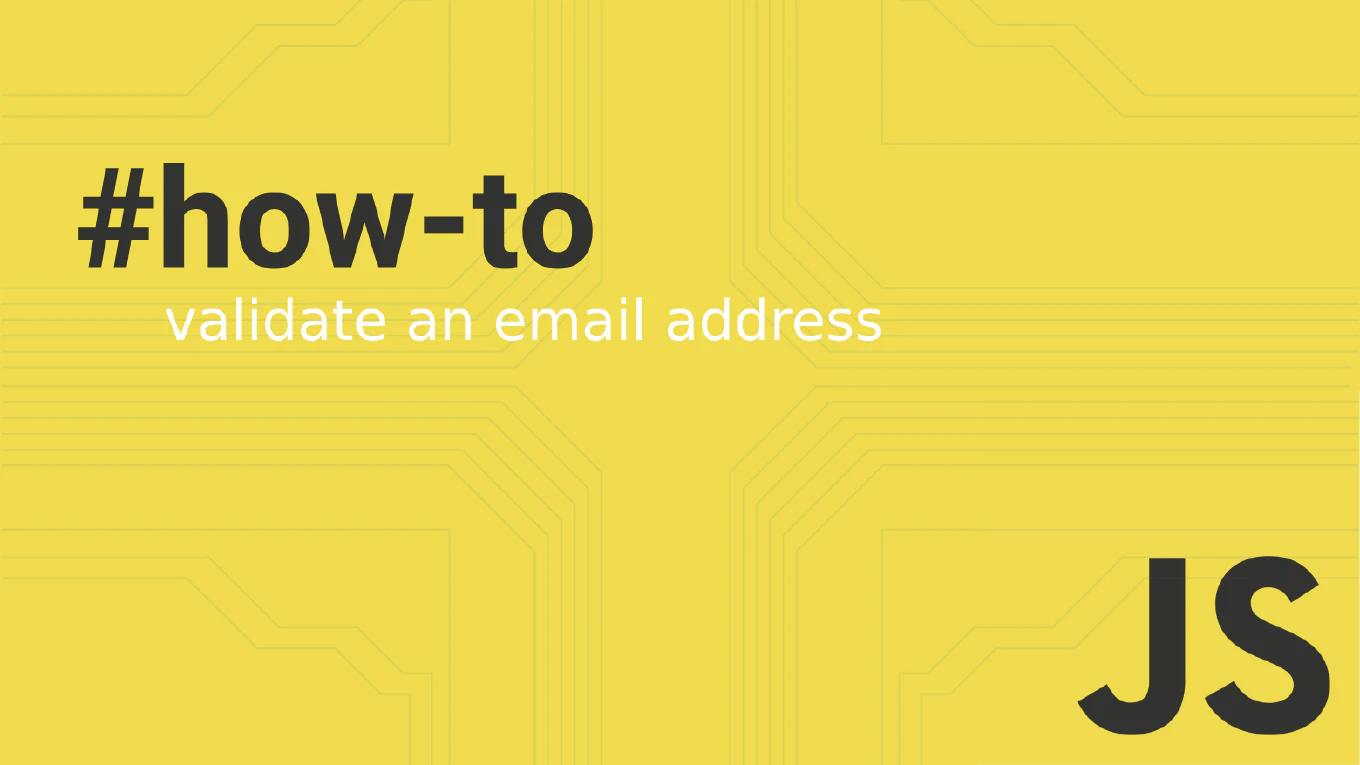How to use Google login in React
Google Sign-In provides a streamlined authentication experience in React applications using Google’s official Identity Services library.
As the creator of CoreUI with extensive React development experience since 2014, I’ve integrated Google login in numerous production applications for enhanced user experience.
The most efficient approach uses the @google-cloud/local-auth or Google Identity Services for seamless authentication integration.
This method provides secure, user-friendly authentication while maintaining Google’s security standards and user trust.
How to implement OAuth in React
Implementing OAuth in React enables secure third-party authentication without handling sensitive user credentials directly in your application. As the creator of CoreUI with extensive React experience since 2014, I’ve integrated OAuth flows in numerous enterprise applications for simplified user onboarding. The most reliable approach redirects users to the OAuth provider, then handles the callback with authorization codes. This pattern provides secure authentication while offering users familiar login options from trusted platforms.
How to use Firebase authentication in React
Firebase authentication provides a complete user management solution for React applications with built-in support for multiple login providers and security features. As the creator of CoreUI with extensive React development experience since 2014, I’ve integrated Firebase auth in numerous production applications for rapid authentication setup. The most efficient approach uses Firebase SDK with React Context to manage authentication state across your application. This solution eliminates the need for custom backend authentication while providing enterprise-grade security and user management.
How to use JWT authentication in React
JWT authentication provides secure, stateless authentication for React applications by storing user credentials in tokens rather than server-side sessions. As the creator of CoreUI with extensive React experience since 2014, I’ve implemented JWT authentication in countless enterprise dashboard applications. The most effective approach combines React Context for global auth state with axios interceptors for automatic token attachment to requests. This pattern ensures secure authentication while providing seamless API communication throughout your application.
How to implement authentication in React
Implementing authentication is crucial for securing React applications and managing user access to protected resources and routes. As the creator of CoreUI with extensive React development experience since 2014, I’ve built authentication systems for countless enterprise dashboards and admin panels. The most scalable approach uses React Context API to manage global authentication state combined with protected route components. This pattern provides centralized auth logic while maintaining clean component separation and reusability.
How to persist state with cookies in React
Persisting state with cookies is ideal when you need server-side access to client data or cross-domain sharing capabilities that localStorage cannot provide.
As the creator of CoreUI with extensive React experience since 2014, I’ve used cookie-based persistence for authentication tokens, user preferences, and SSR-compatible state management.
The most practical approach combines React hooks with the js-cookie library for reliable cookie manipulation.
This method ensures data persistence while providing server-side accessibility for universal applications.
How to persist state with sessionStorage in React
Using sessionStorage for state persistence is ideal when you need temporary data storage that clears when the browser tab closes. As the creator of CoreUI with extensive React development experience since 2014, I’ve used sessionStorage for form data, wizard steps, and temporary user preferences. The implementation is nearly identical to localStorage but provides session-scoped persistence instead of permanent storage. This approach is perfect for sensitive data or temporary application state that shouldn’t persist indefinitely.
How to persist state with localStorage in React
Persisting component state across browser sessions enhances user experience by maintaining application state even after page refreshes or browser restarts. As the creator of CoreUI with extensive React experience since 2014, I’ve implemented state persistence in numerous production applications. The most effective approach combines useState with useEffect hooks to automatically save and restore state from localStorage. This pattern ensures data consistency while maintaining React’s declarative nature.
How to implement dark mode in React
Implementing dark mode enhances user experience by providing eye-friendly viewing options and modern application aesthetics. As the creator of CoreUI with 25 years of development experience, I’ve implemented dark mode in numerous enterprise applications. The most robust approach uses React Context API for global theme state management combined with CSS custom properties for seamless theme switching. This method ensures consistent theming across all components while maintaining user preferences.
How to create a responsive layout in React
Creating responsive layouts ensures your React applications work seamlessly across all device sizes and screen resolutions. As the creator of CoreUI with 25 years of development experience, I’ve built countless responsive components for enterprise applications. The most effective approach combines CSS Grid for overall layout structure with Flexbox for component-level arrangements. This method provides maximum flexibility while maintaining clean, maintainable code.



